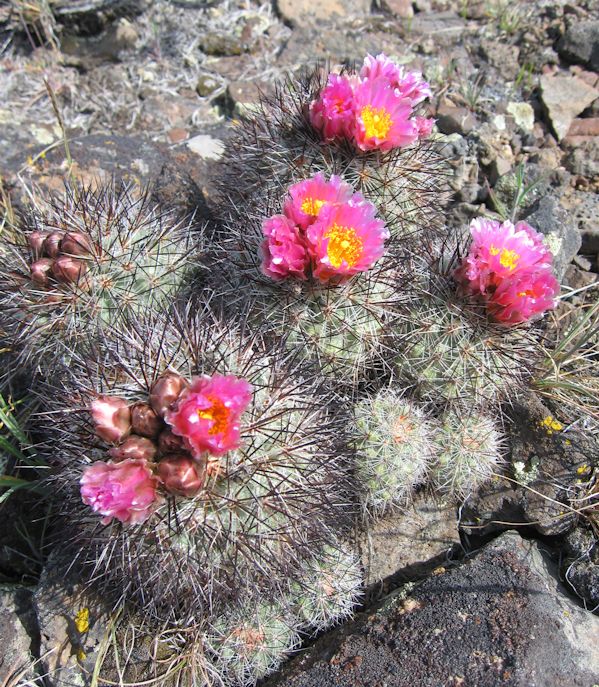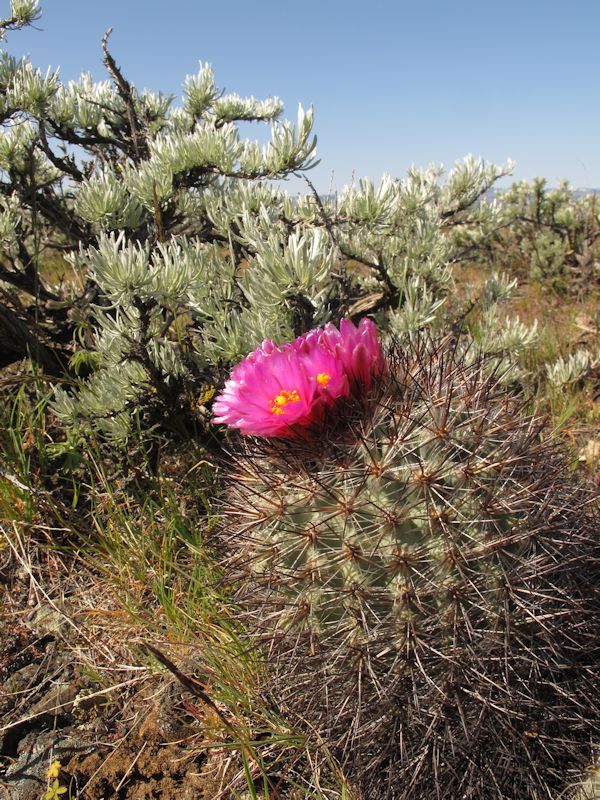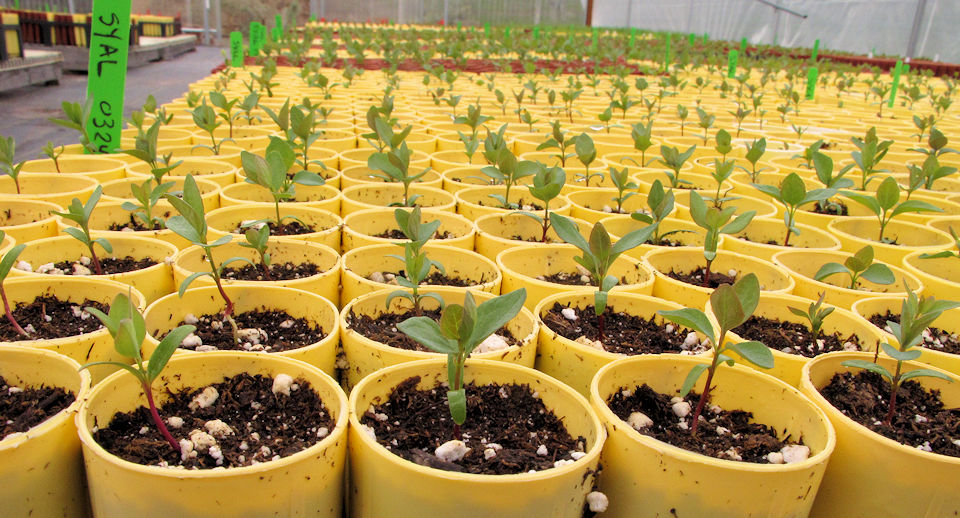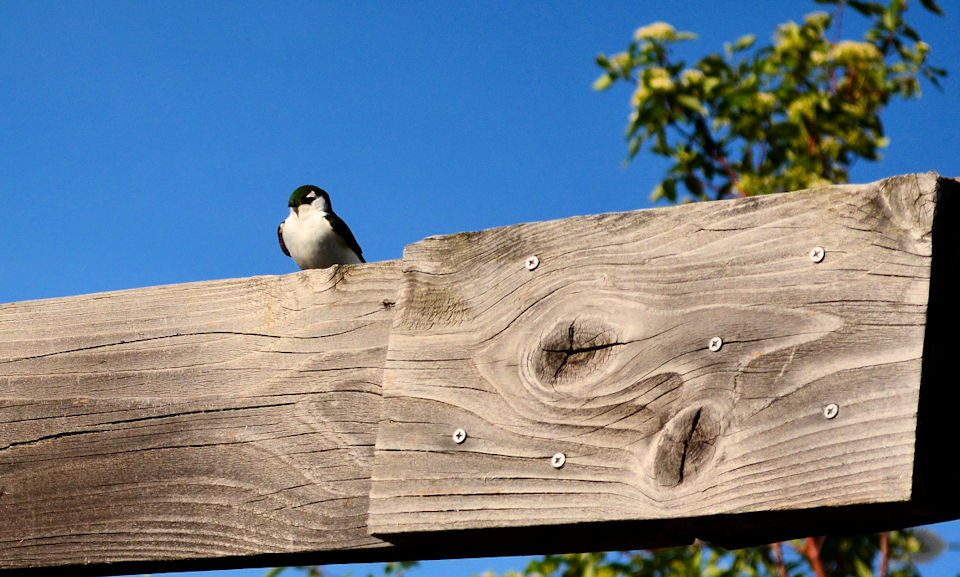Native Cacti of Central Washington
Cactus plants (of the family Cactaceae) are native to the Western Hemisphere, with Mexico having the greatest diversity of species. In the US they are mostly found in the Southwest and nearby arid regions but several species make their way up to this area.
 An opuntia from the Rocky Mountains, growing in Peshastin
An opuntia from the Rocky Mountains, growing in Peshastin
Two species of prickly pear cacti, or opuntias, occur here. Opuntias are among the most cold hardy cacti, extending up into the Rockies as well as central British Columbia. Large members of this genus can grow over 10’ tall and others are grown for their delicious fruit (“tuna” in Spanish).
Our most common cactus is the Columbia prickly pear (Opuntia x columbiana, or O. fragilis x polyacantha). It rarely grows more than 12” tall but will spread into mats many feet across. The flowers are yellow, sometimes tinged with red, and the spines are up to 2” long and grow thickly on the pads. The spines will grab passers-by and the pads break off easily, hitching a ride to a new location. The pads root easily; simply placing them on the soil surface can often produce a new plant. Columbia prickly pear grows in drier areas of Chelan, Douglas, Grant, Kittitas and Yakima counties.
 Columbia prickly pear, growing at Derby Canyon Natives
Columbia prickly pear, growing at Derby Canyon Natives
Another opuntia, the brittle prickly pear (Opuntia fragilils), is uncommon in central Washington, found in this state mostly in dry, rocky areas of the San Juan Islands. It has similar flowers and overall is smaller version of the Columbia prickly pear.
The star of our local cacti is the snowball or hedgehog cactus (Pediocactus nigrispinus). This cactus is found in a limited number of spots in very particular conditions, favoring flat areas of shallow rocky soils (lithosols) and usually growing together with stiff sagebrush (Artemisia rigida), thyme-leaved buckwheat (Eriogonum thymoides) and Hooker’s balsamroot (Balsamorhiza hookeri). This hedgehog cactus grows slowly with a globular or ball-like form, occurring as singles or clusters from the size of a baseball to a small melon. Multiple flowers, in colors ranging from pink to reddish-violet, are clustered on the top of each cactus.
 A cluster of Pediocactus nigrispinus growing near Quincy
A cluster of Pediocactus nigrispinus growing near Quincy
DO NOT COLLECT our Pediocactus! They are uncommon and difficult to propagate and so face a threat from unscrupulous collectors. Instead, look for them blooming from late April to mid May, depending on elevation. Good populations are found in the Colockum south of Wenatchee, on the Babcock Bench above Crescent Bar and in The Nature Conservancy’s Beezley Hills Preserve north of Quincy.






